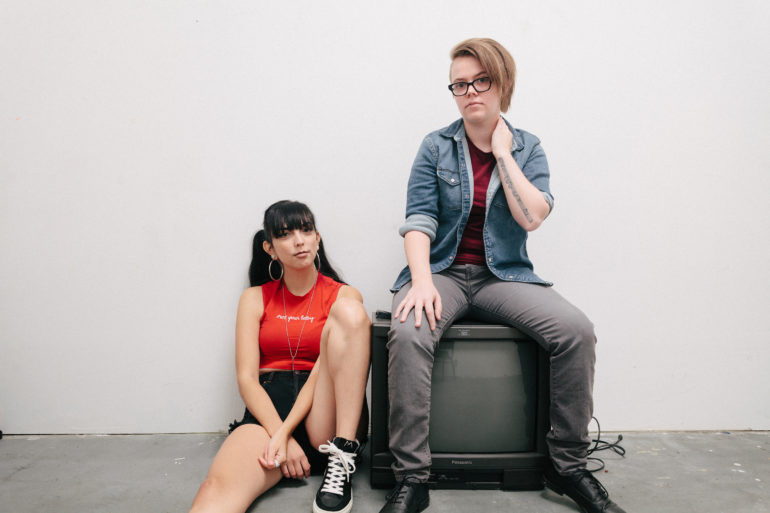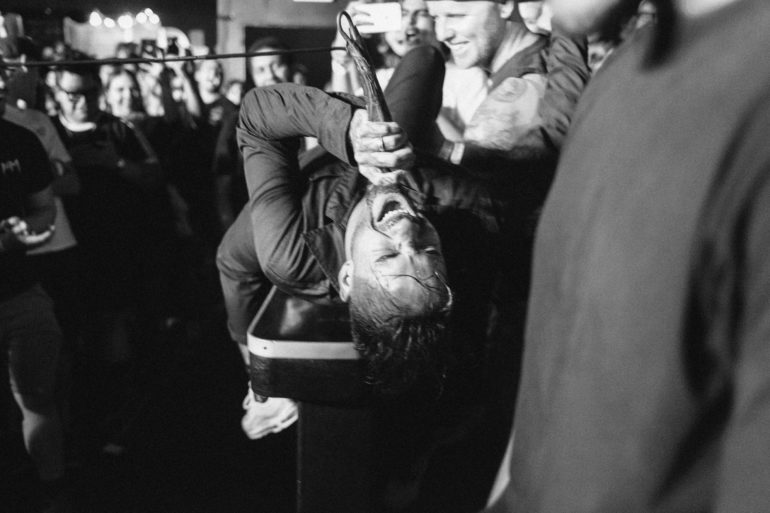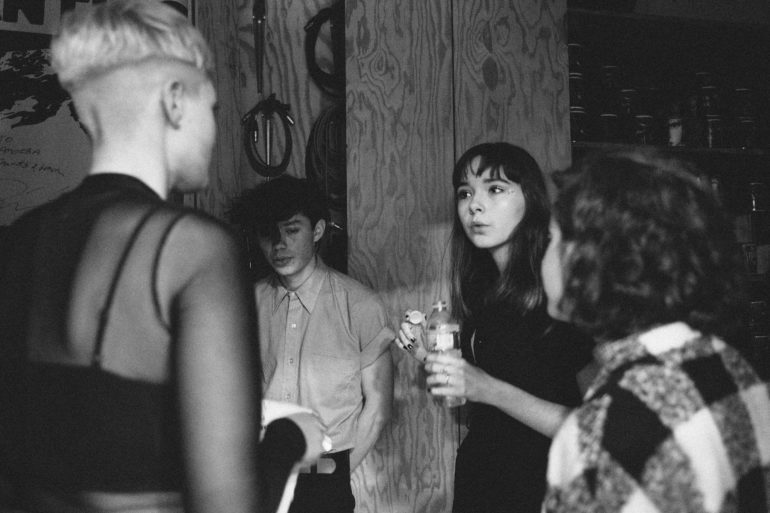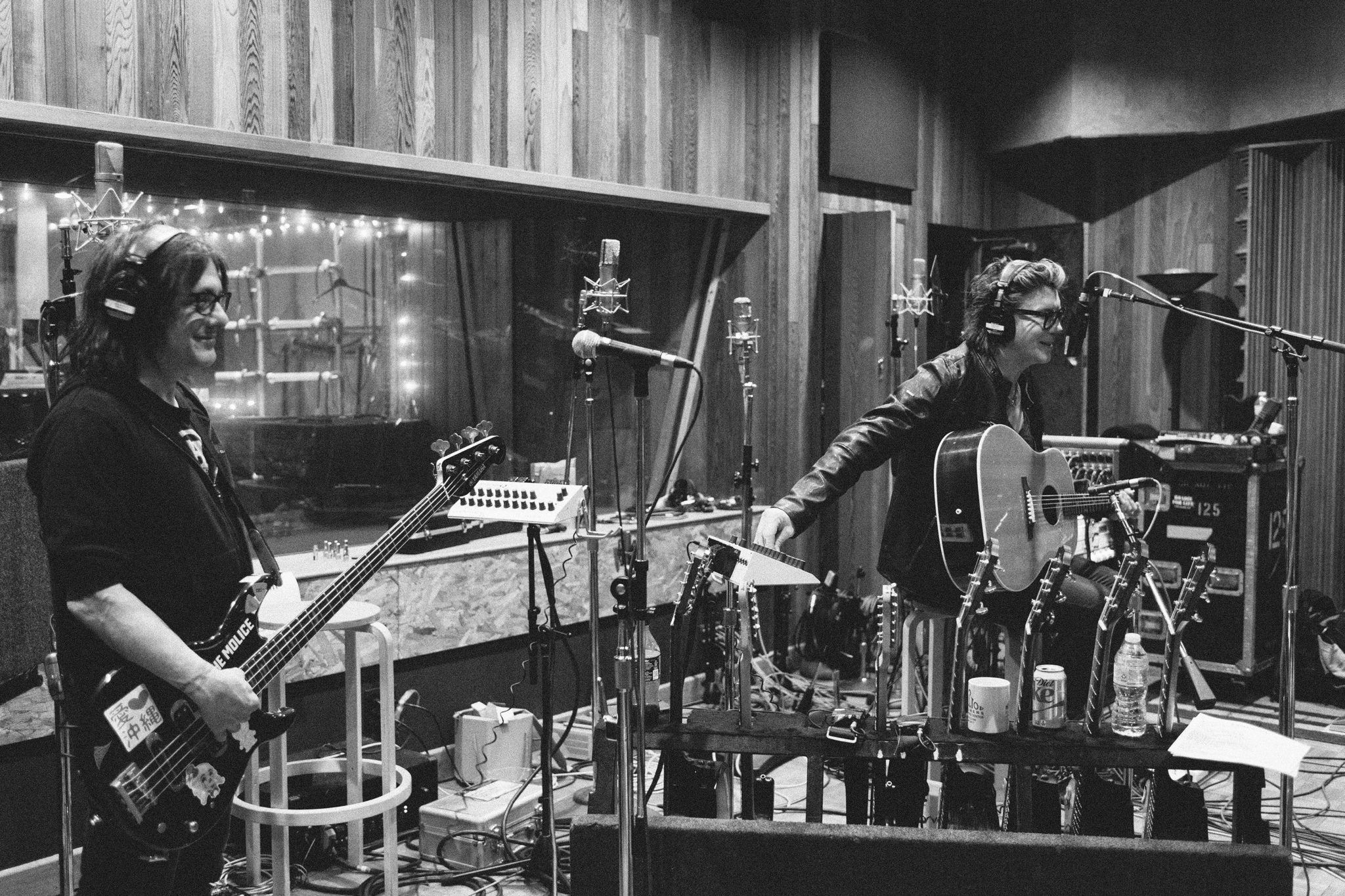Last Updated on 09/24/2018 by Mark Beckenbach
All images by Courtney Coles. Used with permission.
If we were to list the top photography “dream” jobs, music and concert photography will definitely be on the list. It sure looks fun to have the prime spot not only for watching the biggest bands and acts up close, but also for getting some snaps of the awesome performances. But, as Los Angeles-based Courtney Coles tells us in this interview, it’s not as easy as it seems. It may start with wanting to take home photos to remember the performance with, but the road to doing it professionally can start in many different ways. From there, it’s all about documenting what goes down in gigs in your own style and perspective.
Read on to learn more about Coles’ journey to musician and concert photography, why she still shoots film for these projects on the side, and how she prepares for her shoots and projects.
Phoblographer: Hello Courtney! Can you tell us something about yourself and what you do?
Courtney Coles: Hey there! My name is Courtney Coles and I’m in my last year of graduate school at California Institute of the Arts (CalArts). I’m a freelance photographer working primarily in music.
“Up until 2016 I was using only film.”
Phoblographer: How did you get into photography and get started with the kind of photography you do now?
Coles: I guess the short of it all was I was always the person with the disposable camera on class field trips or there to document the last day of school. With my personal work, it all grew from my natural state of observing my surroundings. What started out as a need to document events grew into me looking at my personal history and how important it is to not only record that, but comment on the state of the world I’m currently living in.
I fell into music photography because I wanted to document my time at these shows and it moved from “I want to remember this night!” to “I want to make photographs like the ones that are in my favorite magazines.”


Phoblographer: We’re interested in your concert/musician photography. Do you still remember your very first concert/musician shoot? How did that go and what was your initial impression about it?
Coles: The very first band I ever saw and photographed was Taking Back Sunday in 2004. It was at their CD release show at Tower Records and I used my disposable camera and a little point and shoot that my parents gifted me the previous Christmas. I went as a fan and I remember thinking, “I can’t wait to get these developed and uploaded to Xanga!”
“I fell into music photography because I wanted to document my time at these shows and it moved from “I want to remember this night!” to “I want to make photographs like the ones that are in my favorite magazines.””
But something a little more official: the first band that paid me was a friend’s ex-boyfriend’s band and they played at the now defunct Knitting Factory. It was the first time I felt that my contribution to music, though small, was valuable. I was using a 35mm film camera (Canon Rebel K2) and I went into it trying to remember all the tips I read on Flickr and when I got the film back I felt a spark.
Phoblographer: On your bio, you mentioned that your “love language” is film, and you shoot with a Mamiya 645. Do you also still shoot a lot of film for your concert/musician shoots? How soon did you realize that it would be your medium of choice, even for these projects?
Coles: For concerts, depending on where it is, I’m using a digital camera (Canon 5D Mark ii). There are a couple of concert photographs on my website that were made with my Mamiya 645E and a few portraits with the aforementioned cameras and a 35mm camera (Canon Rebel K2 – my first camera I bought myself outside of the digital point and shoots my parents gifted me).
Most of the portraits on my website were made with Autumn Leigh (my Mamiya 645E). I’ve had her for six years and she was gifted to me by a friend from undergrad. Almost immediately, that camera became the tool I used to document my world.
“I went as a fan and I remember thinking, “I can’t wait to get these developed and uploaded to Xanga!””
When I’m on set or in the recording studio the turn around for images is almost immediate so I use the Mark ii, but the film cameras are definitely on me. The most recent camera I’ve added to the family is an Olympus Stylus Epic gifted to me by my best friend Tessie.


Phoblographer: We want to know what a typical shoot is for you, especially for big acts. What kind of preparations do you do to make sure you get the results you want, especially since you shoot with film?
Coles: Up until 2016 I was using only film. I was hired by CalArts to document their alumni weekend and soon after that I was hired to document Hoobastank. The work with CalArts came almost monthly and I was borrowing a camera from my friend. It reached a point where I just bought it off him because my work with the school was frequent.
With the musicians I’ve worked with since, I’m using half film and half digital, but the photographs you see on their accounts are digital.
To prep myself, I listen to that artist’s music to put me in their element. I make sure I have at least 3 rolls of film and a good attitude. I take my time, even if it’s a short shoot because if I walk in the room flustered, the artist will feel that energy and it’s difficult to get any type of positive results when everyone is feeling frazzled.


Phoblographer: What do you think is the most common misconception about concert/band photography?
Coles: I think people think this is easy and it’s definitely not! I mean, I wish I could explain how I’m able to walk into a room and make photographs that give off a sense of camaraderie though it’s a chaotic experience, but that’s like asking me how I breathe. I just do it. But getting photographs that feel familiar yet are fresh is difficult and I’m always thankful when I’m able to turn in something that makes everyone involved happy.
Phoblographer: Out of all the concerts and musicians you’ve photographed, which led you to the defining moment for the kind of photography that you do?
Coles: Of all the musicians I’ve photographed, it was my childhood friend Shad Robinson who gave me my first backstage pass for when he opened for Kendrick Lamar. That was the first time I made the type of photographs I saw in my head and it was the moment I thought, “This is it, I want to do this forever.”
It’s so much more than just the concert for me. The whole world excited me. The pre-show ritual, the post-show comedowns. Making sure each note is right in the studio — I find it all absolutely beautiful and my main goal is to humanize the entire experience.


Phoblographer: If you could photograph a band/musician, dead or alive, who would it be and why?
Coles: Alive: Britney Spears, Beyoncé, Sza, Solange, Interpol, Lorde, Janelle Monáe, Missy Elliott, Fefe Dobson, Carly Rae Jepsen… Dead: Prince, Michael Jackson, Whitney Houston.
Why? My photographs look the way their music sounds and with the way I approach photography, it’ll be a series of photographs I’m sure these artists would love and treasure.
Phoblographer: What do you consider to be the most crucial element that makes your style truly your own?
Coles: I’m incredibly patient and observant. I treat every artist like they are an old friend, even if I just met them. By doing so, it helps me relax and enter a space of knowing what I have to do in order to get the photographs I want. If I walked into the room panicking that x-musician is So! Famous! it will throw me off. By thinking we’re old friends, I’m able to document the way I’d document my actual friends: candid, relaxed, warm, familiar.

Phoblographer: Lastly, what would you advise those who also want to get into concert/musician photography?
Coles: Photograph your friends! If you don’t have any, photograph yourself! All the work I’ve received has been because clients love the way I photograph my family and friends. My personal projects have led people to hire me for music things and I’m thankful for that. Photograph your local bands in your local venues. Your favorite bands were once someone’s local band playing in someone’s basement. Be kind to not only yourself but those around you. Have fun.
Film photos: The Summer Set, The Virginmarys, Magic Giant; the rest taken using Canon Mark II/Mark III
Visit Courtney Coles’ website and follow her on Instagram to see more of her musician and concert photography.


